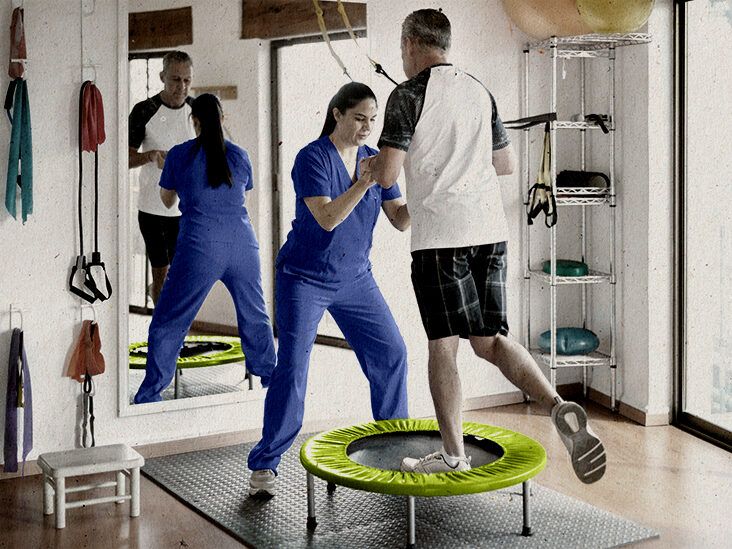Exploring the Impact of Manual Treatment Methods on Reducing Musculoskeletal Discomfort and Enhancing Patient Results
Hands-on treatment techniques are manual methods used by medical providers to treat muscle and joint pain. Such techniques include different types of manipulation and mobilization of the human muscles and articulations. The goal of manual treatment is to relieve discomfort, improve movement, and boost overall function. Numerous people suffer from muscle and joint pain due to trauma, poor alignment, or conditions like joint inflammation. By using hands-on therapy, therapists aim to address these concerns and help patients recover their quality of living.One common hands-on treatment technique is spinal manipulation. This method involves applying controlled force to the spine to improve alignment and reduce pain. Research has shown that vertebral adjustment can be beneficial in managing lumbar spinal discomfort and cervical discomfort. Another method is gentle connective tissue manipulation, which concentrates on reducing tightness in the muscle tissue and soft tissues. This can help reduce stiffness and improve flexibility, making it easier for patients to move without discomfort. Both techniques can be tailored to satisfy the specific needs of each patient, ensuring a personalized method to treatment.
In addition to pain relief, manual therapy can enhance patient outcomes in various ways. For instance, it can improve circulation, which helps deliver nutrients and essential elements to the injured regions of the system. Improved circulation can also promote healing and reduce inflammation. Additionally, hands-on therapy can help clients gain better body awareness, which is essential for preventing future injuries. By understanding how their bodies function, clients can make better knowledgeable decisions about their movements and alignment, leading to long-term benefits.
The effectiveness of manual therapy is often supported by client responses. Many individuals indicate notable gains in their pain levels and overall function after receiving care. This favorable reaction can lead to greater drive for clients to engage in physical activity and rehabilitation programs. When clients feel improved, they are more likely to participate in their recovery journey, which can additionally enhance their outcomes. This collaborative approach between the therapist and the client is essential for achieving lasting outcomes.
In summary, hands-on therapy techniques play a critical role in relieving musculoskeletal pain and improving client results. By using methods such as vertebral adjustment and gentle tissue mobilization, medical professionals can pain relief through hydrotherapy help patients regain movement and reduce discomfort. The advantages of hands-on therapy extend beyond instant discomfort relief, as it also promotes healing and motivates patients to take an active role in their rehabilitation. As more people seek efficient therapies for musculoskeletal issues, hands-on therapy continues to be an essential choice in the field of healthcare.
